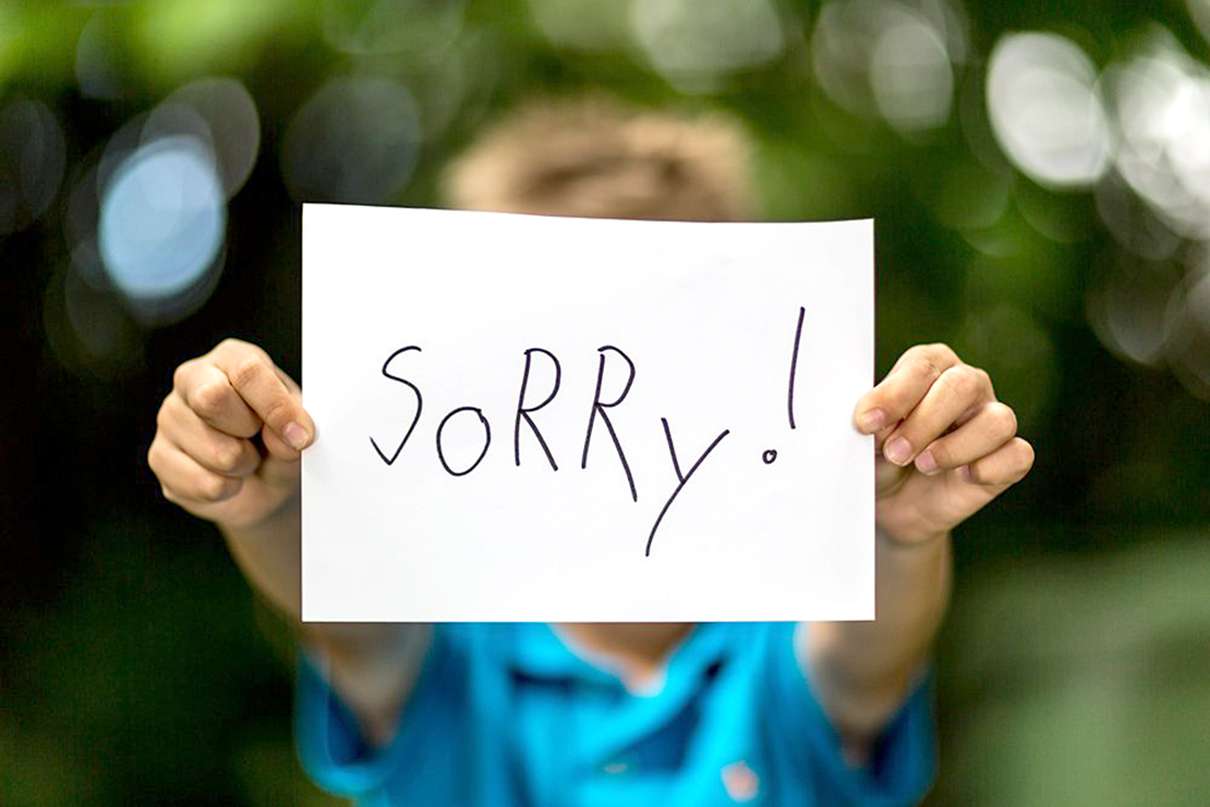INTRODUCTION
As social beings, we interact with people on a daily basis, and sometimes we find ourselves questioning the honesty of others. Detecting lies can be challenging, as some individuals are skilled at concealing the truth. However, by observing certain behavioral cues and paying attention to verbal and nonverbal signals, we can enhance our ability to recognize when someone is lying. In this blog, we’ll explore some key indicators that can help you become a more astute lie detector.
Inconsistencies in Verbal and Nonverbal Communication:
When a person is lying, there is often a disconnect between their words and their body language. Watch for signs such as avoiding eye contact, fidgeting, excessive sweating, or fumbling with objects. These nonverbal cues can indicate that the person is experiencing heightened anxiety or discomfort associated with deception.
Inconsistency to their stories:
Liars may stumble over their words, provide vague or evasive answers, or change details in their narrative. They may also use filler words excessively, like “um” or “uh,” as they try to buy time to come up with a plausible lie.
Changes in Vocal Cues:
The way a person speaks can reveal subtle hints of dishonesty. Notice if their tone or pitch differs from their usual conversational style. Some liars may speak more slowly or hesitantly, while others may talk faster than usual, possibly due to nervousness.
Another vocal cue to watch for is a sudden increase or decrease in the person’s volume. They might become overly defensive or try to divert attention by speaking louder, or they may lower their voice as a subconscious attempt to hide the lie.
Microexpressions and Facial Expressions: Facial expressions can betray underlying emotions that contradict the person’s words. Keep an eye out for microexpressions, which are brief, involuntary facial movements that occur in response to genuine emotions. These microexpressions can last for just a fraction of a second but can reveal a person’s true feelings.
For instance, a quick flicker of fear, surprise, or contempt might cross their face when discussing a particular topic. However, it’s important to note that interpreting facial expressions requires caution, as some people are better at controlling their emotions than others.
Watch for Avoidance or Defensiveness:
When confronted with suspicion or direct questioning, a liar may exhibit avoidance behaviors or become defensive. They may dodge specific questions, redirect the conversation, or even become agitated or hostile. These reactions can be an attempt to divert attention or manipulate the situation to their advantage.
Intuition and Gut Feeling:
While it’s essential to consider objective cues, trusting your intuition can also play a part in detecting deception. Often referred to as a “gut feeling” or “sixth sense,” our subconscious mind can pick up on subtle cues that our conscious mind may overlook. If something feels off or inconsistent, it’s worth paying attention to that feeling and exploring it further.
Conclusion:
Becoming an expert lie detector takes practice and a keen sense of observation. By combining an understanding of verbal and nonverbal cues, along with listening to your intuition, you can become more adept at identifying when someone is lying. Remember that these indicators should be considered as clues rather than definitive proof of deception, as individuals vary in their ability to conceal the truth. Use these insights responsibly and always strive for open and honest communication in your interactions with others.









